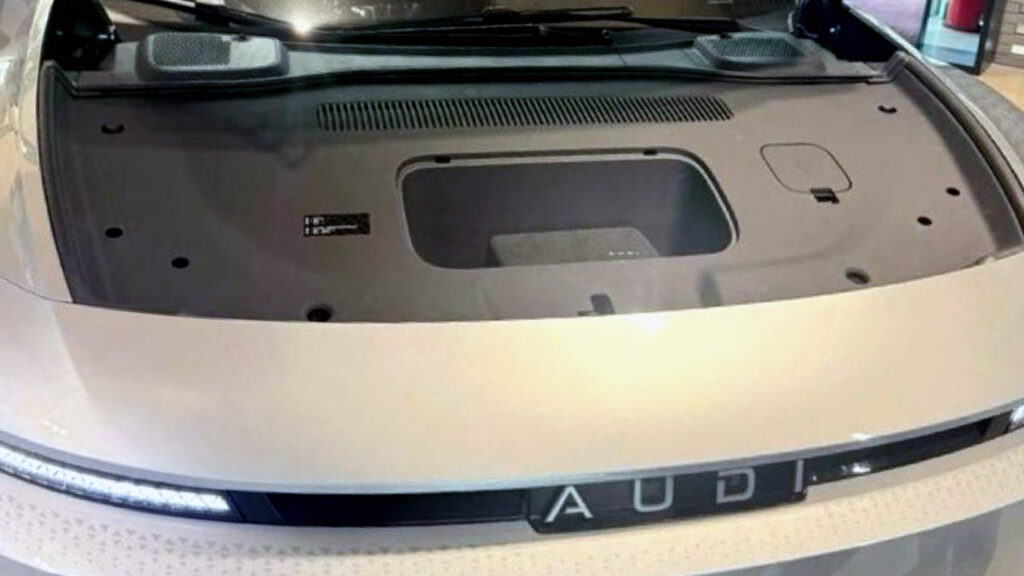As more electric vehicles hit the road, the question comes up again and again
– Why do some EVs have tiny frunks (or none at all)?
Take the AUDI E5 Sportback, for example – its frunk is barely the size of a glovebox.
So, are frunks actually necessary?
✅ The Case For Frunks:
– Extra storage is always welcome, especially for road trips.
– Great for clean, quick-access items like groceries or charging cables.
– In EVs, there’s no engine – so why waste the space?
⚙️ The Case Against:
– Many EVs pack their HVAC, electronics, and crash structures in the front.
– Most consumers just want one big trunk, not several small ones.
– Engineering a watertight, usable frunk adds cost and complexity.
👀 What we’re seeing:
– Tesla and Rivian go all-in on the frunk – it’s a core part of their user experience.
– Toyota, Audi, BMW, and Mercedes often skip it or offer a small one – focusing on refinement, driving dynamics, and luxury instead.
– Chinese EVs are mixed – some have clever frunks, others ditch them in favor of cabin space.
🔍 Bottom line:
You don’t need a frunk.
But when it’s thoughtfully designed, it adds utility and sets user expectations – especially in a world moving toward EV-first platforms.
💬 What do you think? Is a frunk just a nice-to-have, or a must for any modern EV?

